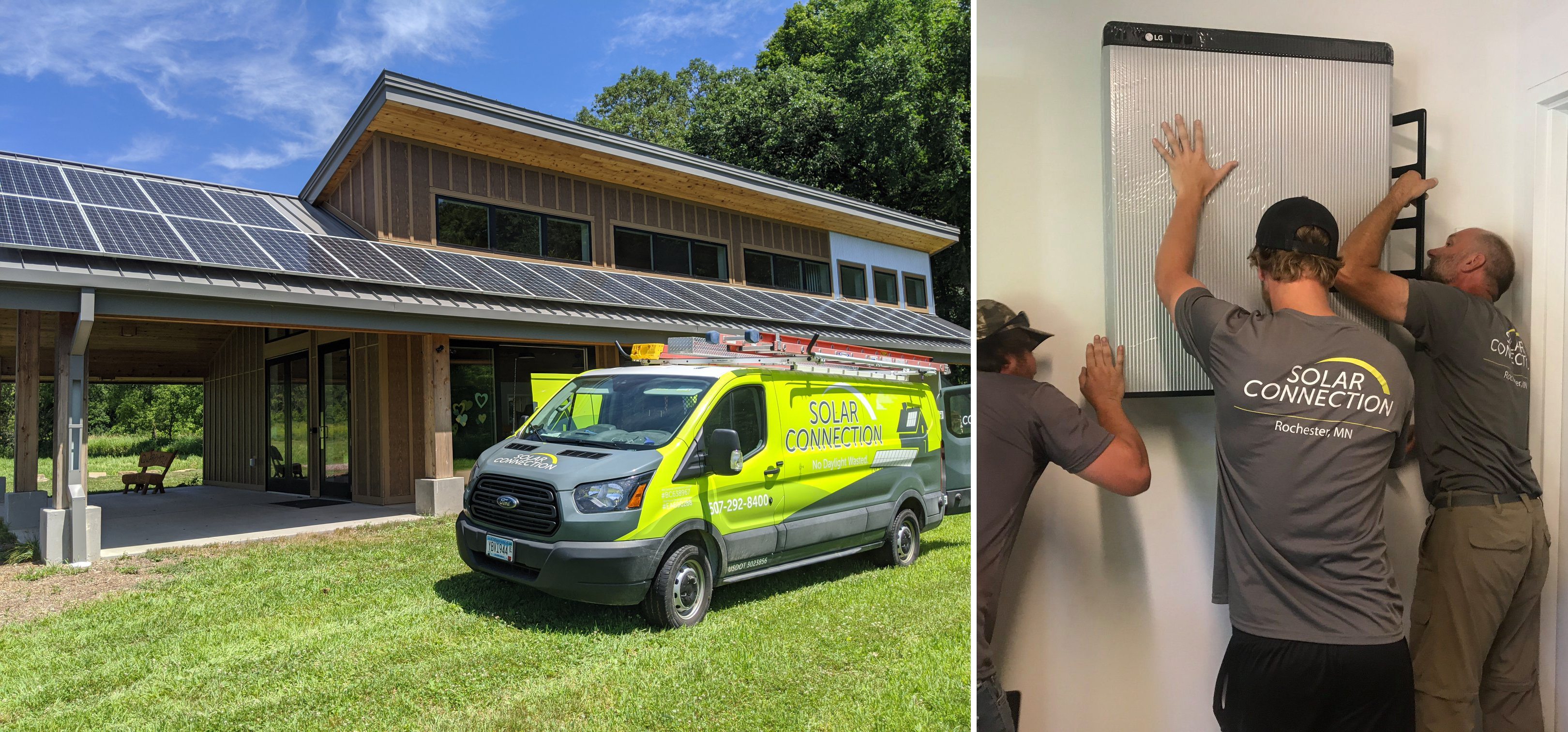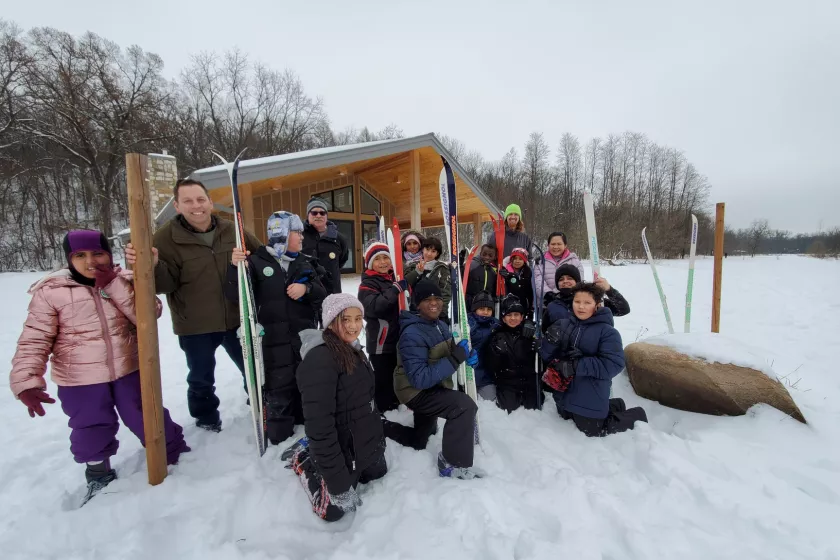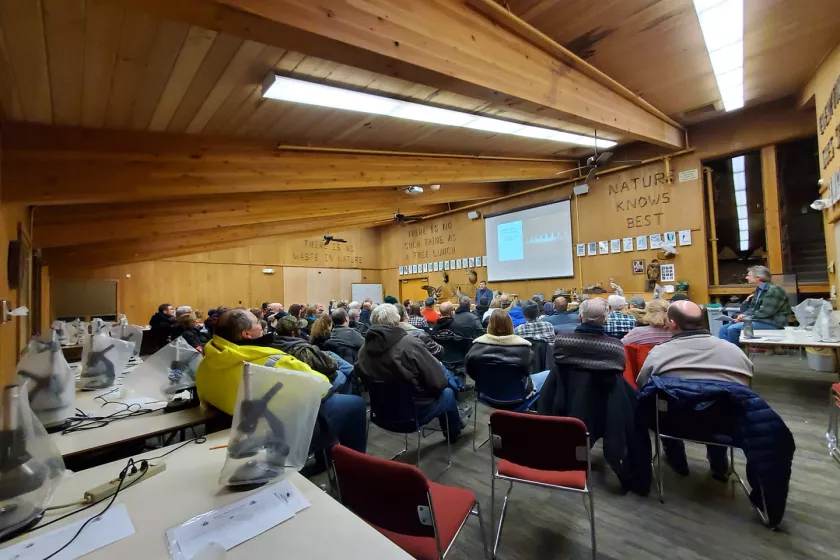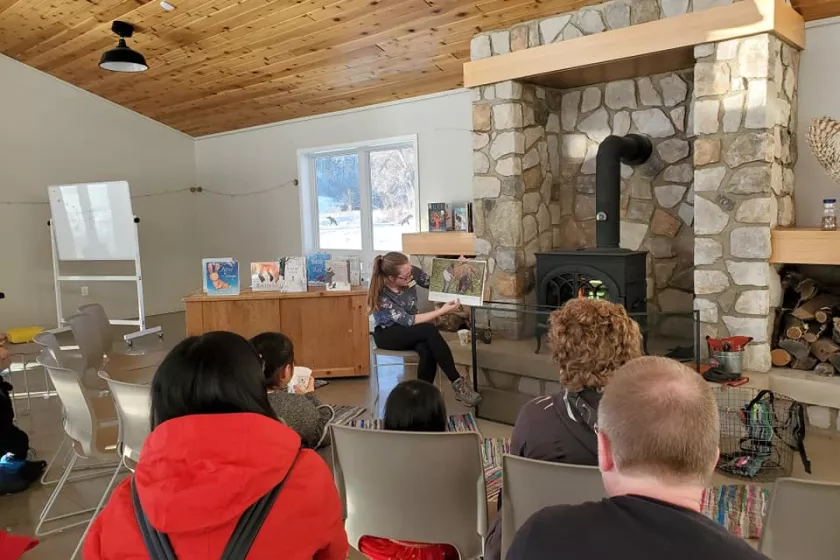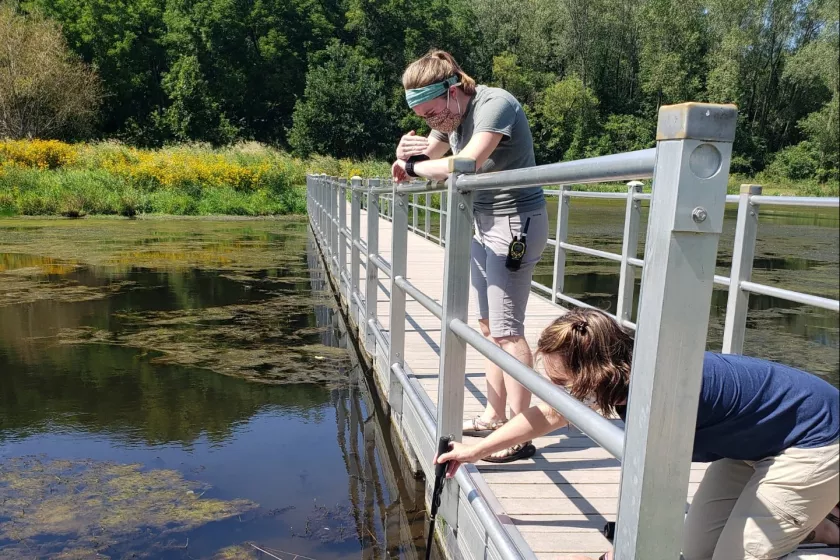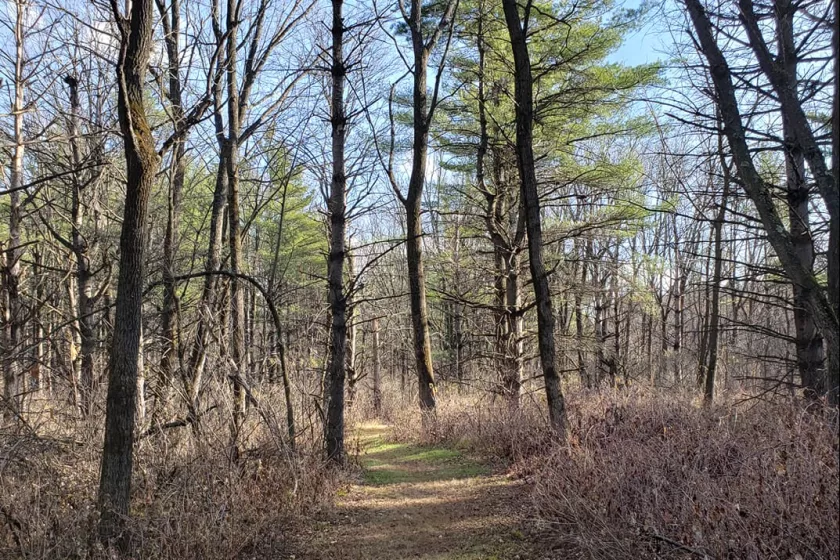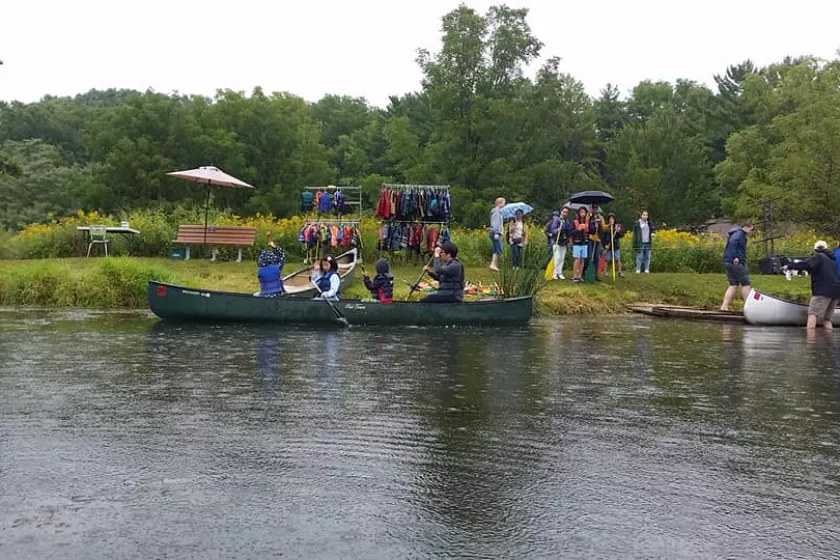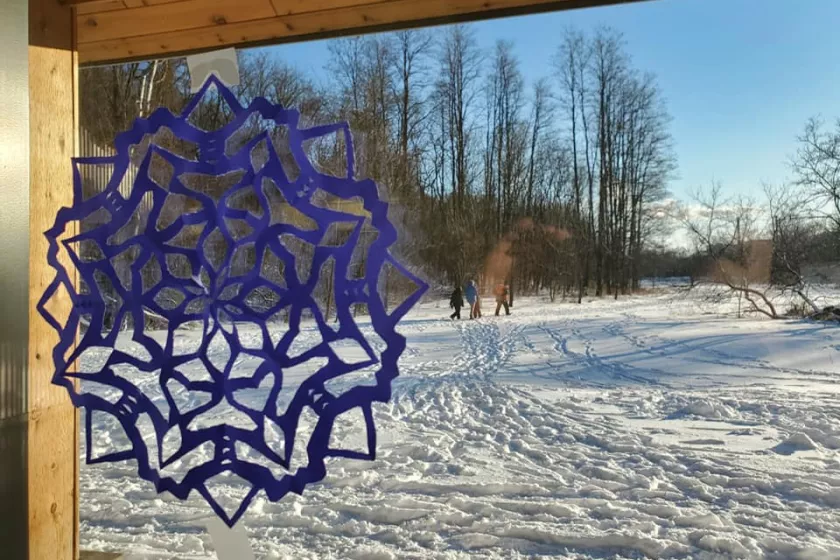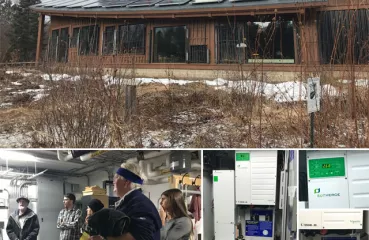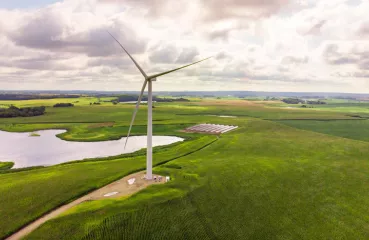“We are energy chasers here at Prairie House,” said Pam Meyer Executive Director of Friends of Quarry Hill Nature Center. Meyer was talking about efforts to make solar energy stored in their battery system stretch further by reducing energy use at the educational building, which is part of the City of Rochester Parks and Recreation.
A battery storage system was installed at Prairie House in the summer of 2020 to maximize self-consumption of electricity generated by the facility’s solar array. Meyer continued, “There are lots of ways to define net-zero carbon buildings. We know our solar system over the course of a year produces more energy than the building will consume."

